The dynamics between the Haredi Jewish community and the state of Israel are intricate and peculiar, shaped by many complex factors. Despite their historical opposition to the state's establishment and its Zionist underpinnings, they have emerged as prominent beneficiaries within Israeli society. Despite their active involvement in politics, with dedicated parties and ministerial representation in successive Israeli governments, the Haredi community seeks to diminish government authority over them. They maintain superficial compliance while preserving their self-organised societal structures.
These contradictions have been a continual source of critique within Israeli society since the State's inception. Successive Israeli administrations have consistently granted numerous privileges to the Haredi Jewish community, influenced by their political and religious sway. Chief among these privileges is their exemption from mandatory conscription, unlike other societal groups, accompanied by various financial incentives. However, the landscape is poised for significant transformation following the Gaza war.
This analysis aims to delve into the economic traits of the Haredi Jewish community and explore their broader economic impacts on Israeli society.
Economic Characteristics of the Haredim
In Israel, the Jewish community is categorised by religiosity into four groups: the Haredi, the Dati, the Masorti, and the Hiloni. Among these, the Haredim, also known as Ultra-Orthodox, stand out for their strict observance of religious laws and traditions. They typically reside in semi-isolated communities, prioritising religious life and adherence to Jewish law. Central to their way of life are the religious schools, or Yeshivas, which receive significant financial and personal investments from the Haredi community. Many members of this group dedicate their lives to intensive religious studies, shaping a distinct lifestyle that influences their economic characteristics. Key among these is:
The Highest Population Growth Rate Among the Jewish Community
Haredi Jews have much higher fertility rates compared to the general Jewish population, at three to four times the average for secular groups. The following figure shows the very rapid growth rates of Haredi Jews compared to the rest of the components of Jewish society:
The figure shows that the Haredi component grew from approximately 6% in 2002 to 11% in 2022, meaning that it almost doubled over the 20 years observed in the figure. This growth came mainly at the expense of non-observant religious Traditional not-so-religious. At the same time, the number of non-religious secular populations remained at approximately the same level, 43% in 2002, to reach 44% in 2022. These numbers suggest a trend of increasing religious gap in society.
The growth within the Haredi community can be attributed to various social and religious factors, with the foremost being the influence of religious beliefs and customs. Central to Haredi values is a profound commitment to Jewish teachings, which directly advocate for expanding families to perpetuate the Jewish faith. This conviction is rooted in religious texts such as the directive “Be fruitful and multiply” (Genesis 1:28), which Haredim interpret as a divine mandate to procreate. Consequently, within the Haredi community, procreation is regarded as a sacred duty, or Mitzvah ordained by God, and adherence to this commandment is paramount. As a result, the use of birth control methods is generally considered forbidden and prohibited among most Haredi groups.
Conversely, within the Haredi community, procreation is viewed as a method to replenish and expand the Jewish population, particularly following the significant decline witnessed during the Holocaust amidst World War II in the mid-20th century. Therefore, large families have come to be seen as a response to this historical trauma and a symbol of the continuity of the Jewish people.
Conversely, within the Haredi community, procreation is viewed as a method to replenish and expand the Jewish population, particularly following the significant decline witnessed during the Holocaust amidst World War II in the mid-20th century. Therefore, large families have come to be seen as a response to this historical trauma and a symbol of the continuity of the Jewish people.
In addition to their religious practices, Haredi communities often establish communal kitchens that offer prepared meals or meal programmes. These initiatives aim to alleviate the burden on mothers with large families by providing practical support. Moreover, it’s crucial to recognise that the isolation within Haredi communities plays a significant role in their growth. By insulating themselves from secular societal influences and the pressures of comparison, Haredi communities can maintain their distinctive lifestyles and values. As a result of this isolation, Haredi families experience an average increase in size that is approximately double the general average within Jewish society, as depicted in the following figure:
Finally, the type of education the Haredi receives focuses on the Talmud and the Torah. They, as previously mentioned, encourage more childbearing on the one hand and do not provide adequate or appropriate cognitive principles for the economic aspects of education, the labour market, and the skills required for it on the other hand. Therefore, individuals in these communities do not value the obvious significant correlation between the number of individuals and the standard of living in the future, especially in light of the community assistance that significantly reduces the cost of supporting a family. Consequently, Haredi families are much more impoverished compared to their counterparts in the rest of the sects of society, which brings us to the next point.
The Poorest
The aforementioned factors, particularly the rise in family size and the emphasis on religious education have resulted in a decline in the per capita allocation of civil or secular education within the Haredi community. This trend is reflected in a comparison of education levels between the Haredim and other categories of Israeli society, as illustrated in the following figure:
The data from 2022 indicates that approximately 986 thousand Jews attained a high school diploma as their highest qualification, with only 4.8% being Haredim. Among those holding university qualifications, approximately 1.76 million are Haredim, and only 6% are Haredim. These figures suggest that Haredim have lower educational attainment compared to other segments of Jewish society. This disparity in educational attainment has several implications. Firstly, it reduces their likelihood of securing high-paying leadership positions. Secondly, it leads to lower average wages compared to other groups within society. This disparity in earning potential is depicted in the following figure:
The figure shows that only 8% of the Israeli workforce are Haredim, i.e., about 220 thousand out of approximately 2.5 million. At the same time, their average income decreases, placing them at the bottom of Israeli society by approximately seven and a half thousand shekels per month. This represents only 56% of the average income of secular individuals, which amounts to 13.4 thousand shekels per month.
The per capita income in the Haredi community decreases more when divided by the number of family members, which consists of a larger number of individuals. Therefore, this group suffers more relative poverty compared to the rest of the community, which, along with high fertility rates, creates several political and economic impacts. The profound effect on Israeli society exacerbates the underlying issues, leading to a successive series of actions and reactions. This peaked before and during the 2023 war on Gaza, a topic we will delve into in detail below.
Haredi Support Systems and Increasing Societal Tension
Successive Israeli governments have attempted, albeit incidentally, to mitigate the impact of poverty and high fertility rates for the Haredim by providing a wide range of far-reaching social welfare systems. These systems encompass housing subsidies, child allowances, negative income tax benefits, and other forms of assistance. Perhaps the most important of them are:
Negative or Reverse Income Taxes
“Negative income tax”, or work grant, is an additional income paid by the tax authorities directly into the bank accounts of eligible persons who meet the criteria set by law. It aims to improve the financial situation of workers in the lowest wage categories, reduce economic and social disparities, and serve as an incentive to integrate them into the labour market. This system improves their financial situation in the present and future. The following table shows the amounts available during 2024 and their conditions:
The design of this system heavily favours the Haredim, although it benefits all groups. However, it is specifically tailored to tackle the challenges of low income and Haredim’s larger family sizes compared to other groups. Therefore, it gives them preferential advantages that raise their income compared to other groups that exclude large numbers from the scope of benefit due to high income or a low number of children. Therefore, this system helps the Haredi community maintain their lifestyles, especially without completing education and a higher number of children.
Children’s Allowances
Israel provides monthly child allowances to all families with children. These allowances begin to rise after the first child, and therefore, Haredi families receive higher amounts of these allowances as they have, on average, a larger number of children. The following table determines the benefit rates for children according to their status in the family as of Jan. 1, 2024:
This system places the Haredi community on the list of beneficiaries, as on average, for the fifth child, the family is given 980 shekels per month, thus raising the previously mentioned average income to 8.5 thousand shekels.
This dynamic increases the family’s income and motivates them to have more children. Consequently, this leads to greater isolation and a tendency to eschew education as childbearing transitions from being perceived as a financial burden to a means of generating income.
Housing Subsidy
The Israeli government offers aimed at assisting low-income families, particularly those with large numbers of children, many of whom are Haredi families. These programmes primarily focus on providing affordable housing options and are categorised into three main types:
- Public housing, constructed by state-owned housing company Amidar: These are government-owned apartments offered at rental rates significantly below market prices, catering to low-income families. Eligibility for these apartments is contingent upon income and family size. Given their income levels and family sizes, Haredi families often emerge as the most eligible beneficiaries of this housing option.
- Mortgage assistance: The Israeli government provides programmes to help eligible low-income families purchase homes through subsidised mortgages and down payment assistance. Eligibility criteria for these programmes are primarily based on income level and family size.
- Rental Assistance: There’s an option for rental assistance for individuals who do not meet the criteria for other housing programmes. This initiative provides vouchers to offset rental costs in the private market partially.
The first two types of housing assistance programmes extensively benefit Haredi families, effectively rewarding them while depriving other groups of comparable benefits. This enhances the economic and social conditions within the Haredi community while simultaneously increasing their isolation from mainstream society.
The three aforementioned housing subsidy programmes are just a few examples of Israeli society’s direct support to Haredi families. Numerous indirect systems also incentivise higher childbirth rates and perpetuate poverty within the Haredi community. These collective efforts contribute to a rising number of Haredi families with large numbers of children, leading to an increased demand for social interventions and allocations to meet their needs. The figure below illustrates the growing number of families, with large numbers rising from 1988 to 2022.
The figure illustrates a consistent upward trend in families with more than four individuals. For instance, families with six members rose from 58 thousand in 1988 to 106 thousand in 2022, a pattern mirrored across families with more than five members. As a result of this demographic shift, the strain on social security systems has intensified due to the growing number of beneficiaries. This situation presents Israeli governments with a dilemma: either they reduce benefits, which would impact the Haredi community, or they raise taxes, affecting all Israelis, to bolster the incomes of the Haredi community.
The culmination of these factors has placed Israeli society, encompassing all its segments and categories, in direct confrontation with the Haredi community. The Israeli government is faced with the stark choice of either allowing the Haredim to benefit at the expense of the rest of society or reducing the economic advantages enjoyed by the Haredim to benefit the broader population . This tension has simmered beneath the surface, resulting in a muted social confrontation between the two sides. This tension found its most volatile and public expressions during the demonstrations surrounding the judicial amendments proposed by the Netanyahu government. The secular faction vehemently opposed the amendments, while the Haredim provided strong support . However, Oct. 7 marked a pivotal moment that could potentially fracture Israeli society. This was the cancellation of the longstanding exemption for Haredim from conscription.
The Gaza Straw
The primary incentive that the Haredim receive from the current organisation of Israeli society is their exemption from military service. This policy was established when the state was founded in 1948 when the number of eligible Haredi conscripts was less than 500 males. This arrangement struck between former Prime Minister David Ben-Gurion and Haredi community leaders came to be known as “Torato Umanuto,” meaning “Torah is his profession. “
The exemption of Haredim from military service initially arose due to the small number of them in society. However, as societal dynamics evolved and social tensions heightened among various groups, there have been numerous attempts to abolish this arrangement. The most significant effort in this regard was enacting the “Haredi Recruitment Law” in 2014, which marked the first legal obligation for the military to conscript Haredi individuals. However, successive judicial rulings led to the postponement of its enforcement until the end of March 2024, coinciding with one of Israel’s longest-standing wars on multiple fronts. There is growing societal pressure from secularists to conscript Haredim, who are perceived to benefit the most from Israel’s economic and social advantages without contributing through military service, which is considered a fundamental duty in most countries worldwide. However, in contrast to this trend, Haredim argue that they serve society through their religiosity and adherence to Jewish law, contending that their participation in the military does not serve society to the same extent. They have even threatened to refuse military service if mandated and may consider emigrating to their countries of origin if compelled to bear arms. This standoff underscores the complex societal tensions surrounding Haredi conscription and its implications for Israeli society.
Hence, Israeli society now finds itself amid external conflicts simultaneously on at least two fronts, compounded by an impending internal social conflict over income distribution that could potentially jeopardise its cohesion. After years of accumulating social tension among its fundamental groups, the critical juncture has arrived, demanding a choice between restoring balance or risking widespread discord within the military and society. This moment calls for careful navigation to maintain discipline within the army and societal cohesion.
References
Lipsky, T. B. and Gabbay, E. (2022). Sociocultural and religious perspectives toward the covid-19 pandemic in the haredi jewish community. Journal of Religion and Health, 62(1), 389-407. https://doi.org/10.1007/s10943-022-01667-6
Perry‐Hazan, L. (2014). From the constitution to the classroom: educational freedom in antwerp’s ultra-orthodox jewish schools. Journal of School Choice, 8(3), 475-502. https://doi.org/10.1080/15582159.2014.942178
Blume, M. (2013). Shall the religious inherit the earth? demography and politics in the twenty-first century. Religion, Brain &Amp; Behavior, 3(1), 87-88. https://doi.org/10.1080/2153599x.2012.744600
Birenbaum‐Carmeli, D. (2008). Your faith or mine: a pregnancy spacing intervention in an ultra-orthodox jewish community in israel. Reproductive Health Matters, 16(32), 185-191. https://doi.org/10.1016/s0968-8080(08)32404-5
Gross, Z. (2010). Holocaust education in jewish schools in israel: goals, dilemmas, challenges. Prospects, 40(1), 93-113. https://doi.org/10.1007/s11125-010-9142-x
Pinchas-Mizrachi, R., Zalcman, B. G., & Shapiro, E. (2020). Differences in mortality rates between haredi and non‐haredi jews in israel in the context of social characteristics. Journal for the Scientific Study of Religion, 60(2), 274-290. https://doi.org/10.1111/jssr.12699
Braiterman, Z. (2023). Torah trumps life: reflections on uncivil religion and haredi response to the covid-19 pandemic. Religions, 14(7), 946. https://doi.org/10.3390/rel14070946
Isaacs, M. (1999). Contentious partners: yiddish and hebrew in haredi israel. International Journal of the Sociology of Language, 138(1). https://doi.org/10.1515/ijsl.1999.138.101
Sadowski, P. (2023). Israel – in search of constitutional common sense. Review of European and Comparative Law, 55(4). https://doi.org/10.31743/recl.16742
Taragin‐Zeller, L., Rozenblum, Y., & Baram‐Tsabari, A. (2022). “we think this way as a society!”: community-level science literacy among ultra-orthodox jews. Public Understanding of Science, 31(8), 1012-1028. https://doi.org/10.1177/09636625221110106







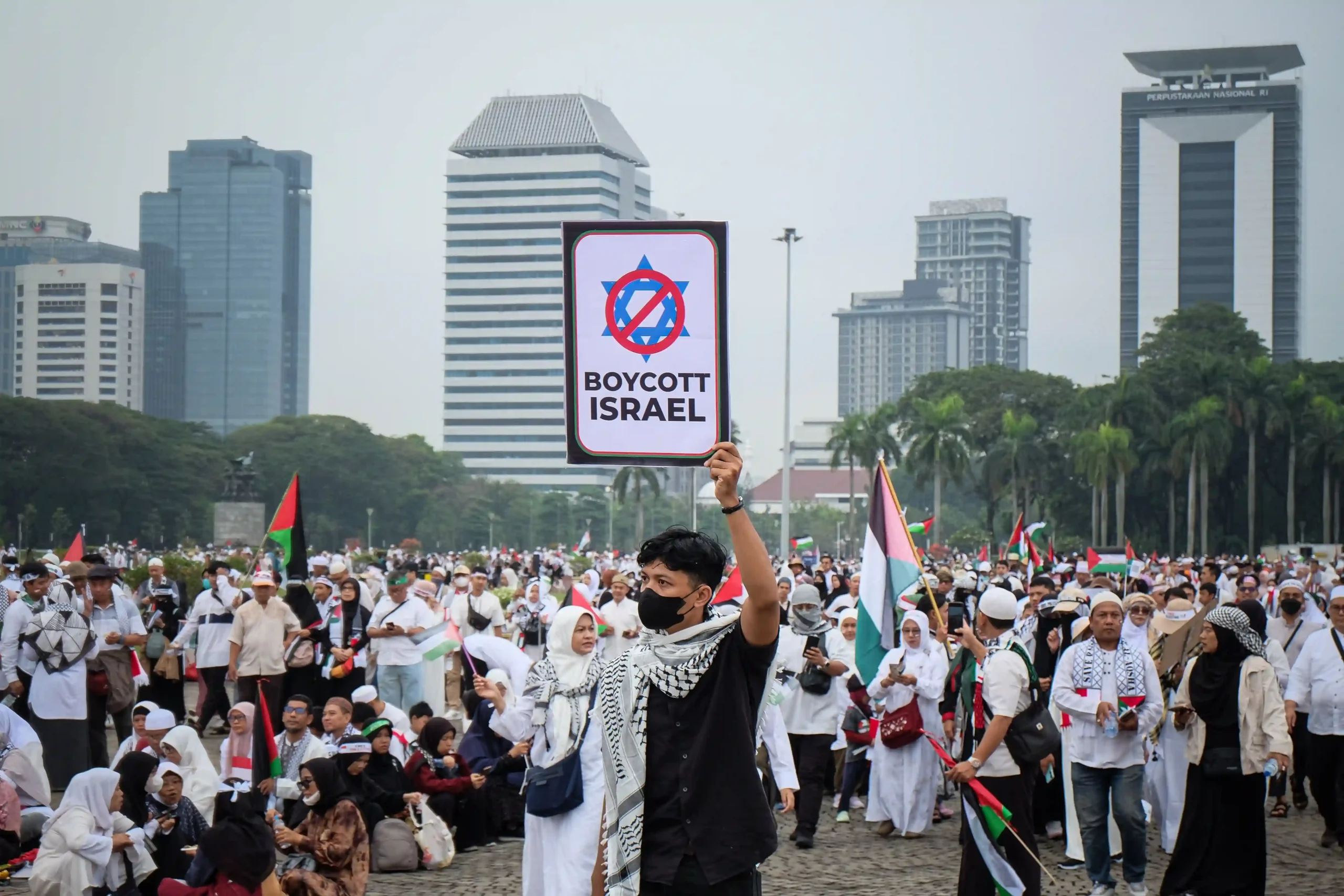

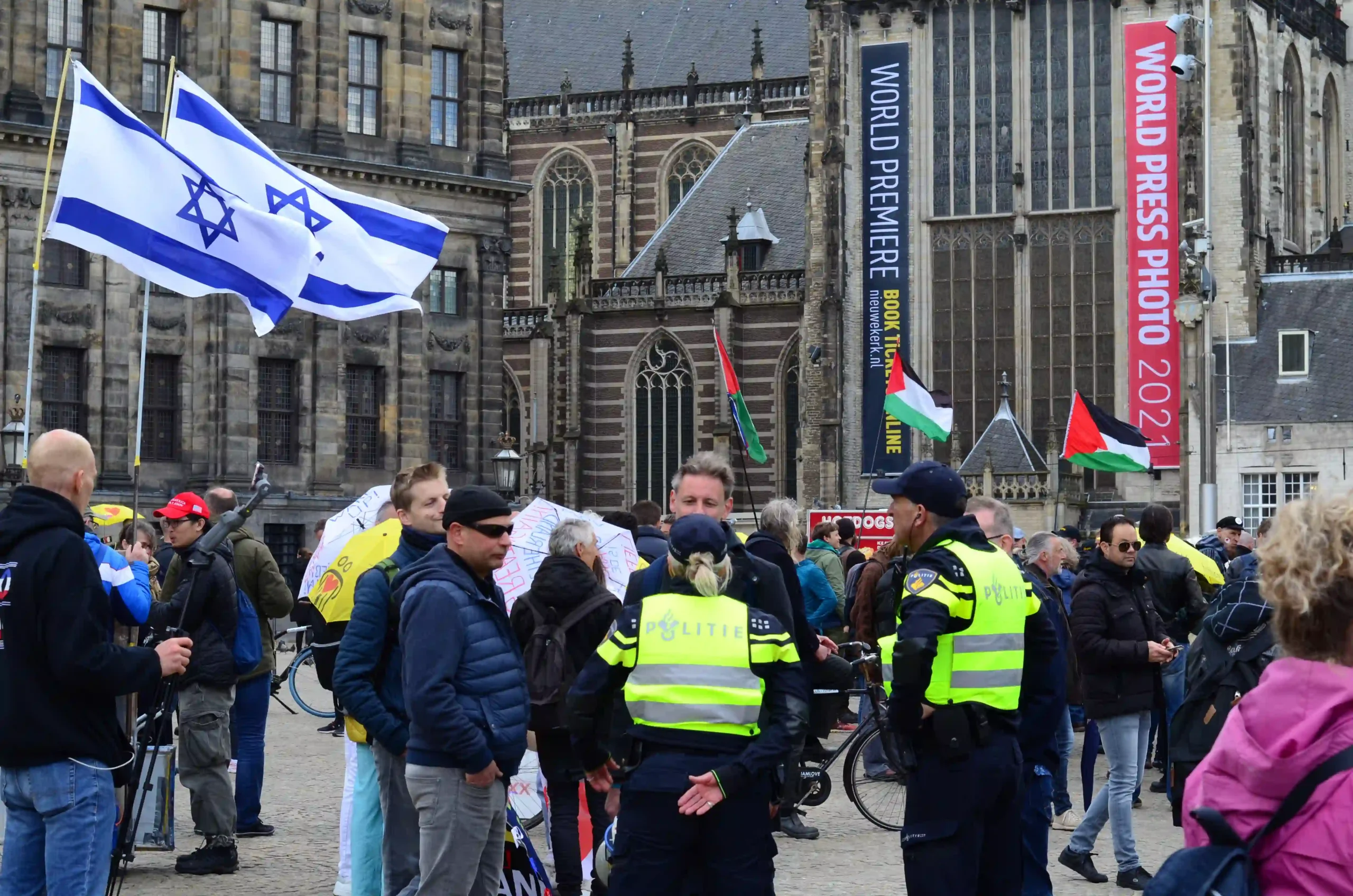


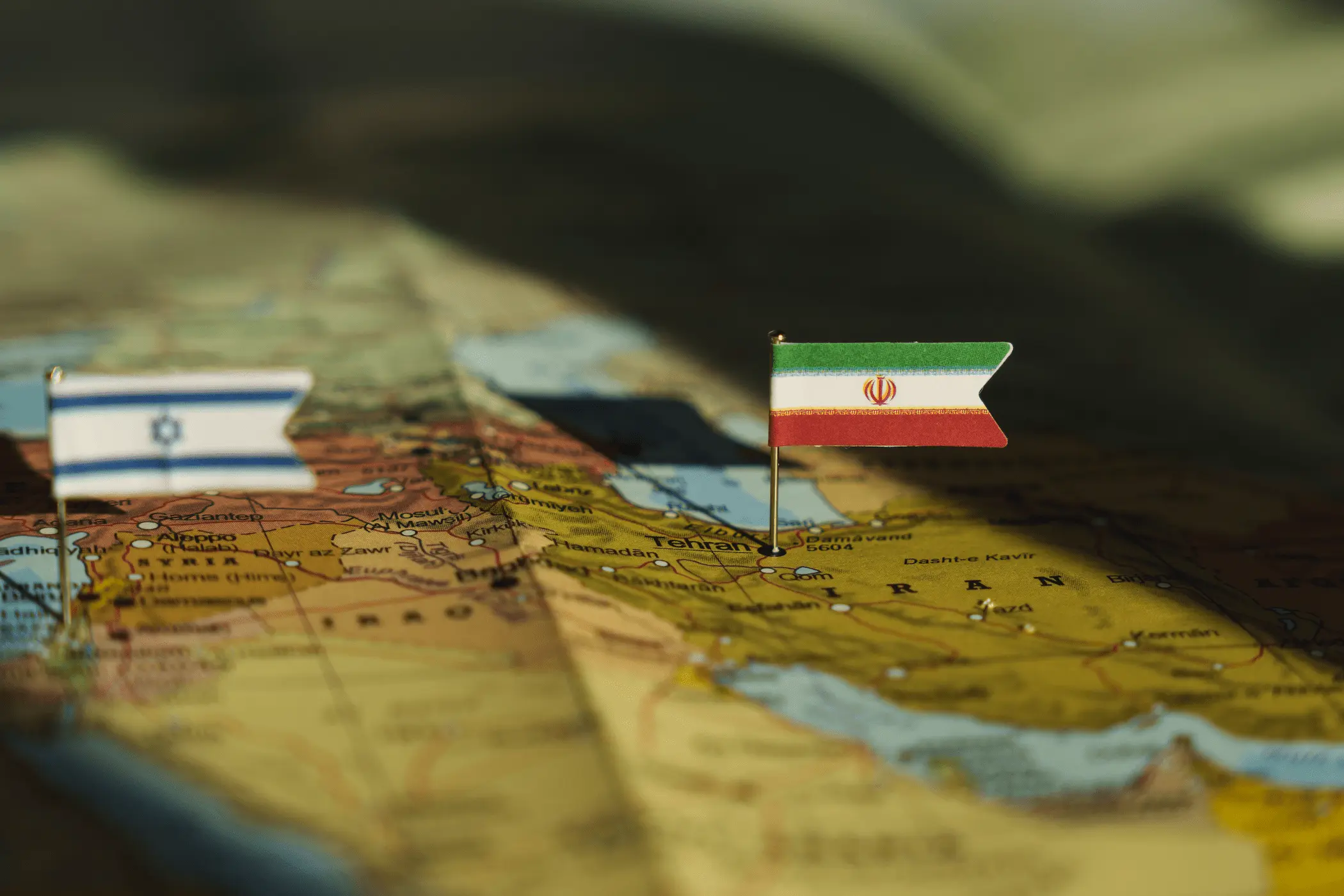
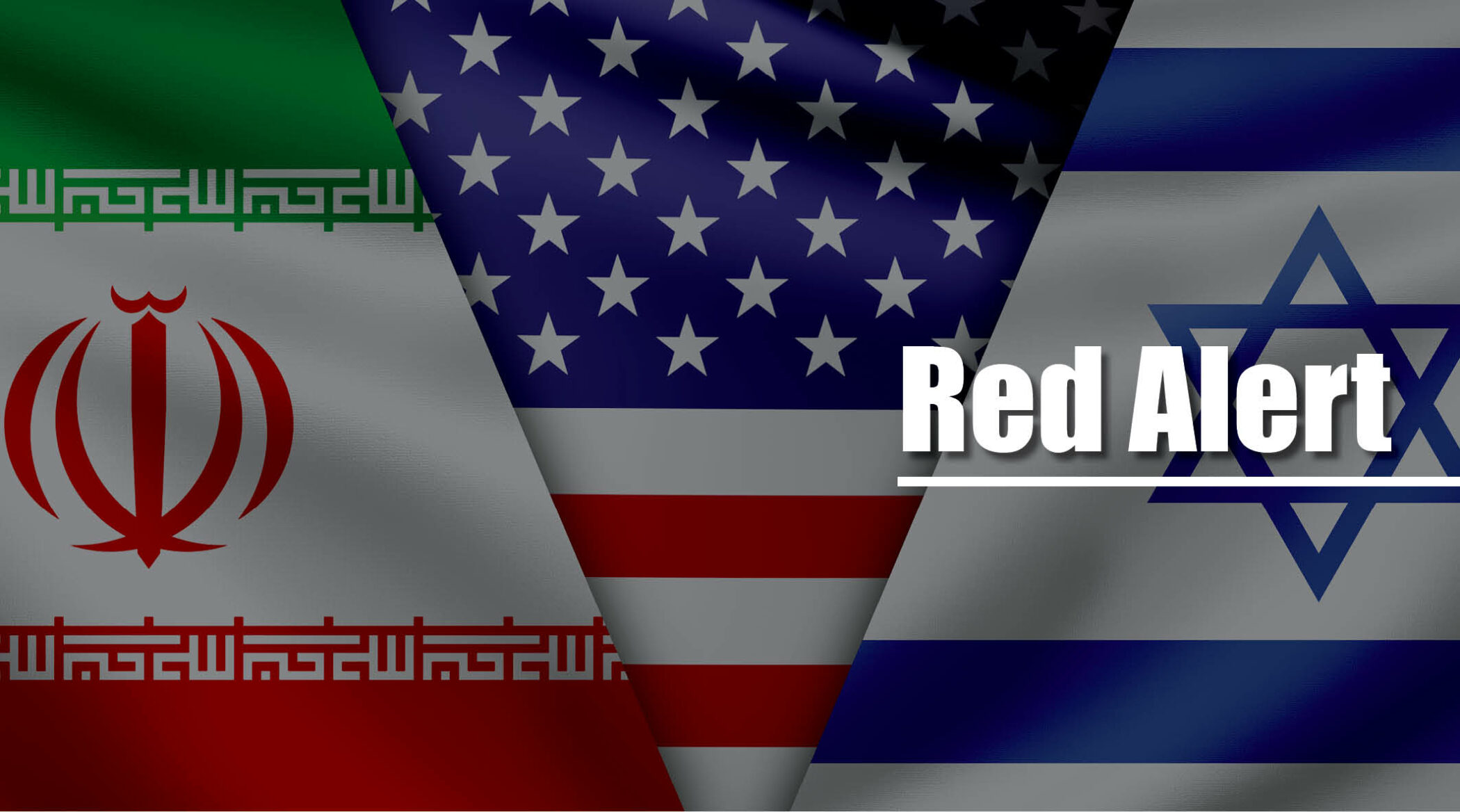
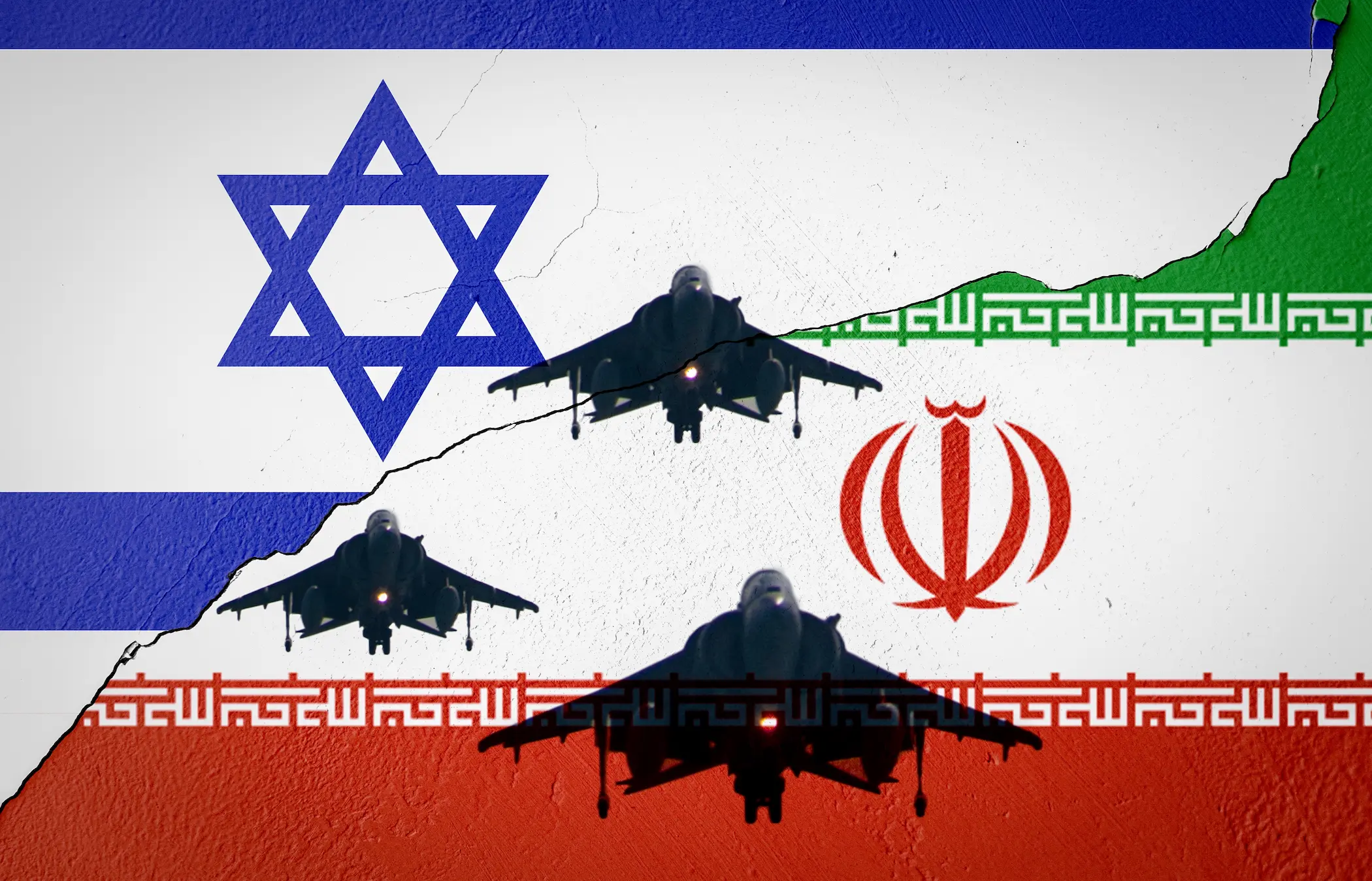


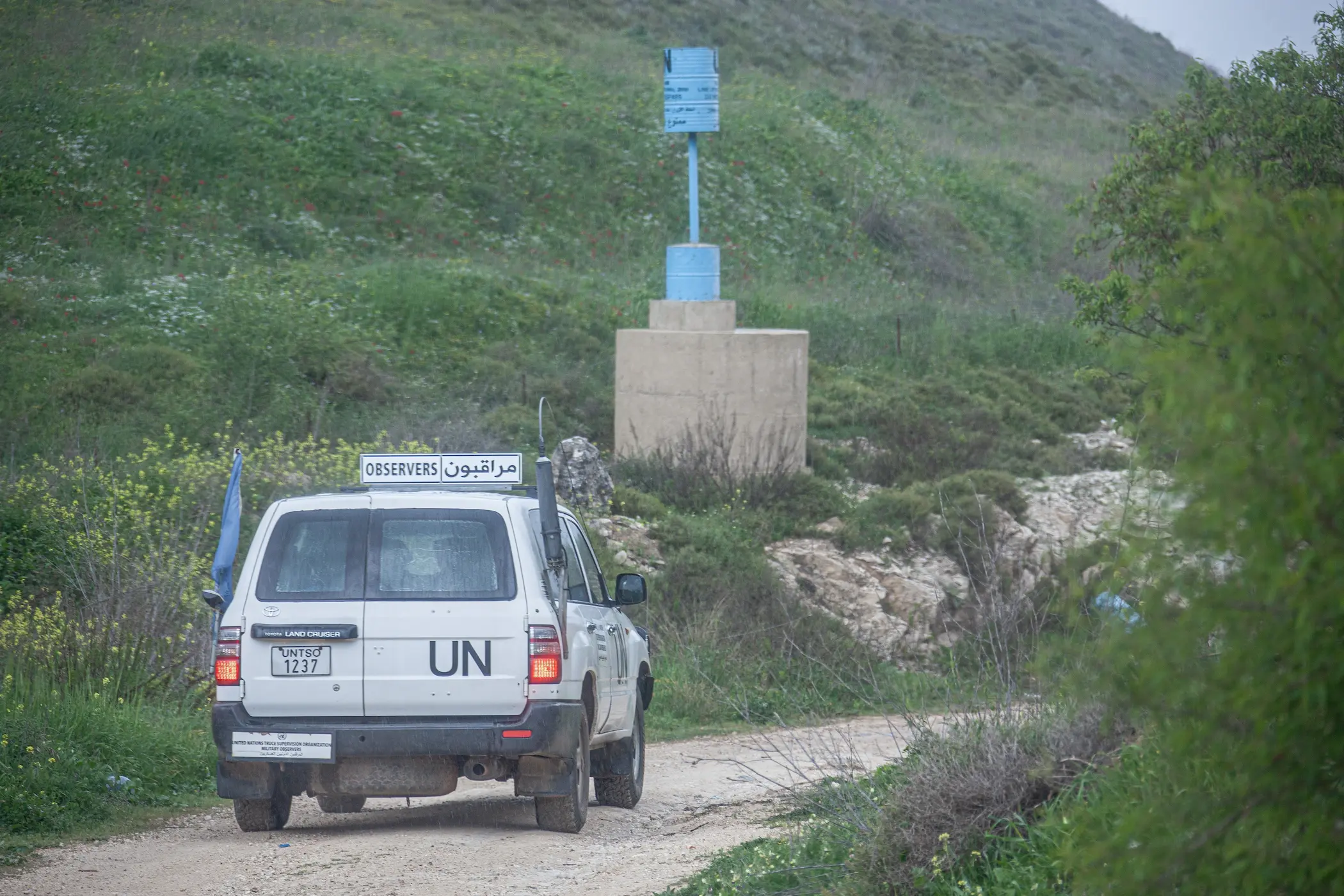




Comments